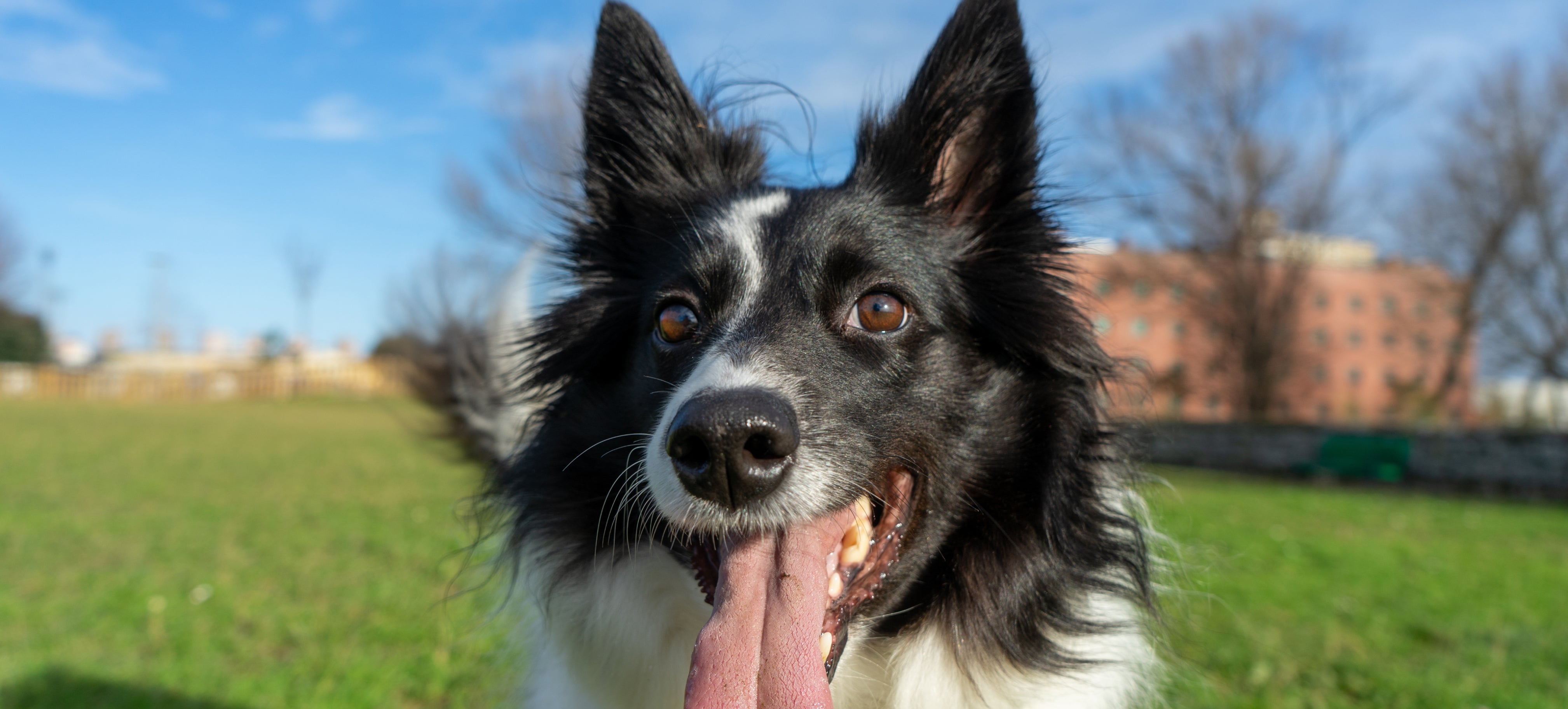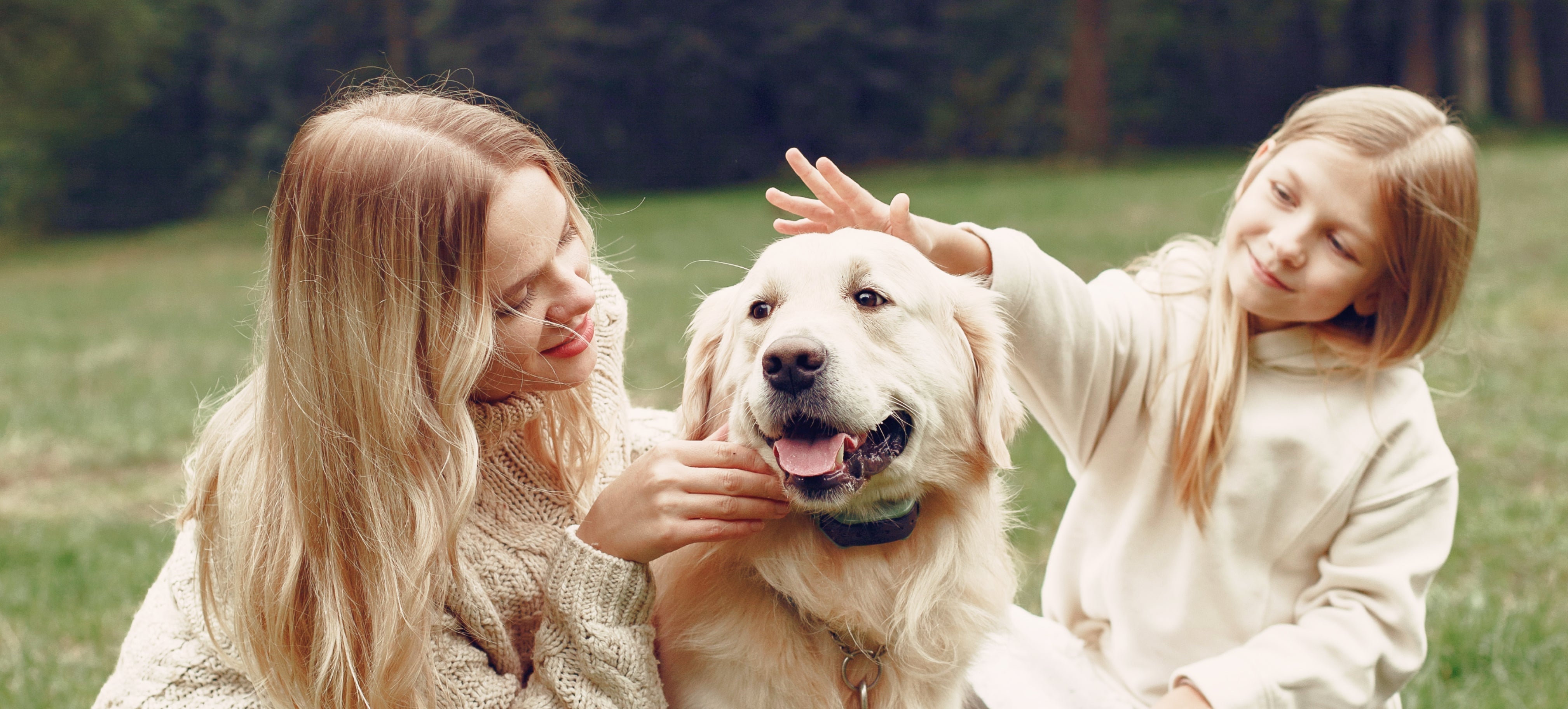Seeing your dog struggle to walk, hopping or dragging one leg, can be slightly worrisome or downright alarming. A dog limp or lameness can manifest itself in different ways. Some dogs with a limp are in obvious pain and will refuse to put weight on the problematic leg. While some dogs are still able to walk but show distress when using the painful limb. Other dogs will appear fine and continue to walk except that one leg is visibly stiff or their gait might have changed. Also, some limping in dogs might persist while others might come and go.
One thing is for sure, dogs that limp are most likely in pain and need some form of veterinary care, though not always immediately. The causes of dog limp can range from a minor injury like a cut on the paws or a torn ligament, to something a little more sinister like arthritis or bone cancer.
What should I do if my dog is limping?
Before you schedule an appointment with the vet, the first thing to do when your dog is limping is to check for the possible cause. A quick examination will help you determine whether you need to rush to the emergency or if you can wait for a few days before seeing the vet. You can take the following steps to examine your dog’s limp.
- Check the pads of the foot for any cuts or swelling. Also inspect in between the pads for any debris that could be lodged there. The common culprits are small rocks, thorns, or even ticks. Try to feel the webbings for any scratches or punctures.
- Next, check the nails. This can be a little tricky since injury to the nails are not always obvious. To be thorough, you need to squeeze the base or move the nails around and watch your dog for reaction to any pain.
- Carefully bend the foot. If you are examining the front leg, bend the wrist next, then the elbow. As you move along, feel the bones of the leg. Broken bones or other types of injury, like a bee sting or snake bite, can cause swelling. Your dog will also cry out or snap if it feels severe pain.
- If you’re checking the hind legs, do the same thing by softly flexing each joint but pay special attention to the knee. Kneecaps that are stuck or rock back and forth both signal an injury.
- Finally, you get to the shoulders and hips. Pain from these areas is likely a sign of arthritis.
When to bring your dog to the emergency room
For minor injuries like a small cut on the pads of the paw or swelling from an apparent insect bite, first aid can be applied to alleviate some of the pain while waiting for your appointment. However, you should bring your dog to see the vet right away in case of the following:
- Excessive bleeding
- Severe pain
- Excessive swelling
- Obvious fracture
- Complete loss of function of any of the limbs
- If the limping is accompanied by fever, sudden lethargy, or vomiting
- Inability to stand up and move
- The limb feels hot to the touch
When moving an injured dog, be extremely cautious as dogs can bite out of pain or fear even if it has never bitten anyone before. If the dog needs to be lifted to the car, seek help and try to find an object that can act as a stretcher. If the dog can walk, don’t make it jump into the car. Instead, lift it up slowly.
Causes of limping in dogs
Sprain/Strain
One of the most common causes of lameness or limping in dogs are sprains and strains. Strains are injury to the tendons, the tissue that connects the muscle to the bone, often brought about by excessive activity like jumping too high, playing too rough, or when the dog slips. On the other hand, sprains damage the ligaments (the tissue that links bones) and results in joint injury. Sprains can be serious like in the case of a torn CCL (cranial cruciate ligament) -- the ligament that holds together the bones of the knees.
Cuts or Insect Bites on the Paw
Thorns, small sharp stones, and even biting insects can lodge itself in between the pads of the dog’s foot causing cuts or pressure that can be painful. Most cuts are superficial and can be treated at home. However, at the first sign of swelling or infection, take the dog to the vet right away for proper treatment.
Torn Nails
Poor nutrition or improper care can lead to weak nails in dogs. In turn, weak nails are easily damaged by varying degrees of activity. Torn nails are very painful and might require surgery to be fixed.
Fractures
As with humans, a dog’s long bones can also break. A broken leg will often swell or stick out at an odd angle. The dog will also avoid putting any weight on the broken leg if it attempts to move or walk. As a first aid, you can create a splint that is the same length as the broken bone and cover any broken skin with bandage before taking the dog to the vet.
Hip dysplasia
A genetic condition common in large breed dogs like Golden Retrievers and Labrador Retrievers and can be exacerbated by environmental factors, it is characterized by lameness of the hind legs. Dogs with this condition have a deformed hip socket that over time, causes deterioration to the joints. There is no permanent treatment for hip dysplasia but therapy, medication, and surgery can allow sufferers to thrive despite the condition.
Elbow dysplasia
A condition that affects the front legs, the onset of elbow dysplasia can be sudden or intermittent. The limping may appear mild and then disappear, only to come back a little worse later. Elbow dysplasia in dogs are treated with surgery and changes in their lifestyle.
Arthritis
Yes, dogs get arthritis too! Like with humans, this is more common in senior dogs but sometimes, young dogs also develop the condition early. A change in gait, reluctance to engage in certain activities, trouble getting up, and weight gain are some of the symptoms of arthritis in dogs. The condition can be treated with the combination of weight loss and medication.
Luxating patella
Also known as dislocated kneecaps, this painful condition is common with small breeds like Malteses, Toy Poodles, and Dachshunds. It affects the rear legs so dogs with the condition will hop when running. Treatment is done through surgery although non-invasive procedures are also available.
Ruptured ACL or CCL
A ruptured anterior or cruciate ligament is a common injury in the dog’s hind legs. This is usually the result of intense athletic activity like jumping too high to catch a toy or jumping off or over objects. Dogs with a ruptured ACL or CCL will refuse to bear down on the injured leg. This injury can be fixed with a surgery called TPLO or tibial plateau leveling osteotomy.
Panosteitis
Panosteitis, or Pano for short, is a sudden-onset inflammation of the long bones in growing dogs aged 6-18 months old. It is more common in larger breeds like German Shepherds. There are no other symptoms that accompany this condition and it is usually short-lived however, it is painful. No cure exists for panosteitis but there are ways to manage the pain.
Hypertrophic Osteodystrophy
HOD is another bone disease that affects rapidly growing, large and giant breed puppies. It mostly affects the front legs and first manifests itself at 2-5 months of age and can recur when the dog has grown. Puppies with HOD can experience lameness in both legs, fever, lethargy, and weight loss. Like Pano, there is no specific cure for HOD and the issue usually resolves on its own.
Osteochondritis Dissecans
OCD affects the joints, primarily in the dog’s shoulders. Dogs with OCD have thickened cartilage in between their joints which is caused either by genetics, too much calcium in their diets, lack of blood flow, and trauma among other things. It is commonly observed, again, in rapidly growing, large breed puppies like Labrador Retrievers and Great Danes.
Bone cancer
Bone cancer or Osteosarcoma in dogs is aggressive. The symptoms include persistent limping, swelling on the affected limb, lethargy, and other behavioral changes. If you suspect that this is the cause of your dog’s limp, see the vet right away.
Lyme Disease
Apart from the limp, other symptoms of Lyme Disease in dogs include fever, lethargy, swollen joints or lymph nodes, and weight loss. It is caused by the bite of specific kinds of ticks that carry the borrelia burgdorferi bacteria. It could take a couple of months after a bite before the symptoms develop.
Valley fever
Valley fever is a fungal disease that affects juvenile and senior dogs. It is a disseminated disease, meaning it starts in one part of the body, in this case, the lungs, and spreads to other areas, usually the legs. The most common symptom is limping accompanied by fever, cough, and lethargy. It is treated with antifungal medication.
Neurological disorders
Limping in dogs is not always caused by injury or disease. Sometimes, lameness is caused by a neurological problem like a slipped disc that puts pressure on the nerves of the spine. This is why limping that is not caused by an obvious minor injury should always be examined by a veterinarian.
Caring for Your Dog’s Joint Health
While some dog limps are caused by a serious condition or disease, a lot of the minor causes stem from poor joint health or injury. Here are a few things you can do to prevent them.
Monitor your dog’s weight
Arthritis and hip/elbow dysplasia are made worse by excessive weight gain in dogs. If your dog is prone to either condition, watch their weight especially as they age. The ideal weight of a dog varies greatly depending on the breed. To help you determine if your dog is within healthy range, consult your vet.
Watch your dog’s diet
In addition to preventing obesity, you can help alleviate discomfort in arthritic dogs by avoiding foods that can worsen the symptoms. Grains can be particularly problematic since these contain gluten, which the canine immune system recognizes as a toxin. Once in the body, the dog’s immunity fires up and causes inflammation.
On the flip side, there are things that you can add to your dog’s diet to improve joint health. Foods rich in Omega 3 like green-lipped mussels, sardines, and anchovies are great for supplementing your dog’s diet with health oils that can reduce inflammation and strengthen the joints.
Supplements
If you have a picky eater or don’t have time to prepare specific meals for your dog, you can opt for supplements. Many joint health supplements for dogs are highly palatable and may seem like treats to your furry best friend. Glucosamine hydrochloride, chondroitin sulfate, omega 3s, and turmeric are just a few of your choices.





Leave a comment
All comments are moderated before being published.
This site is protected by hCaptcha and the hCaptcha Privacy Policy and Terms of Service apply.